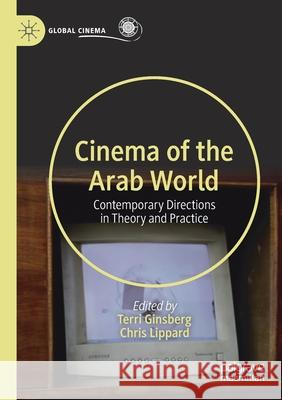Cinema of the Arab World: Contemporary Directions in Theory and Practice » książka
topmenu
Cinema of the Arab World: Contemporary Directions in Theory and Practice
ISBN-13: 9783030300838 / Angielski / Miękka / 2021 / 422 str.
Cinema of the Arab World: Contemporary Directions in Theory and Practice
ISBN-13: 9783030300838 / Angielski / Miękka / 2021 / 422 str.
cena 497,71 zł
(netto: 474,01 VAT: 5%)
Najniższa cena z 30 dni: 497,71 zł
(netto: 474,01 VAT: 5%)
Najniższa cena z 30 dni: 497,71 zł
Termin realizacji zamówienia:
ok. 20 dni roboczych.
ok. 20 dni roboczych.
Darmowa dostawa!
Kategorie:
Kategorie BISAC:
Wydawca:
Palgrave MacMillan
Seria wydawnicza:
Język:
Angielski
ISBN-13:
9783030300838
Rok wydania:
2021
Wydanie:
2020
Numer serii:
000437922
Ilość stron:
422
Waga:
0.54 kg
Wymiary:
21.01 x 14.81 x 2.36
Oprawa:
Miękka
Wolumenów:
01
Dodatkowe informacje:
Wydanie ilustrowane











